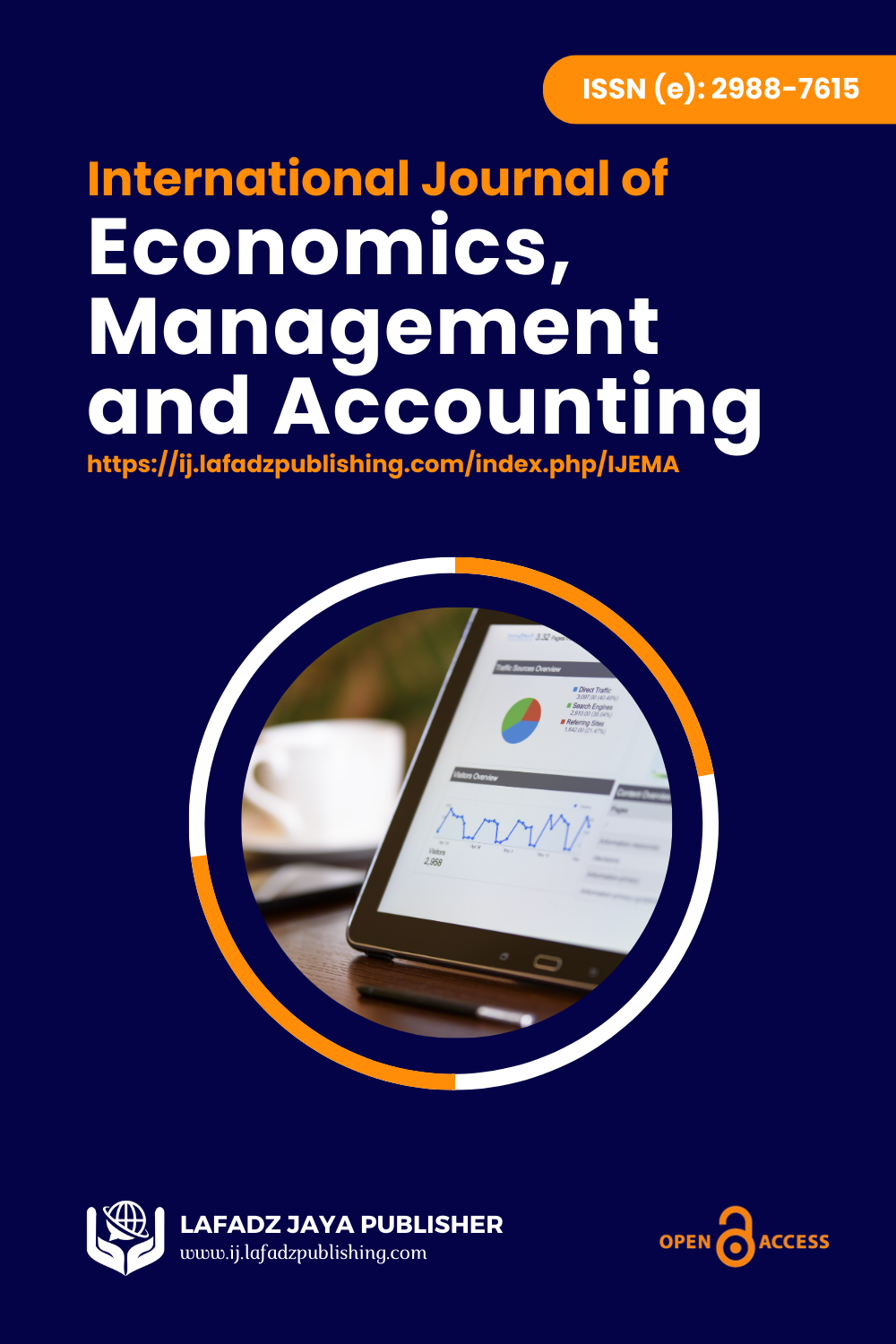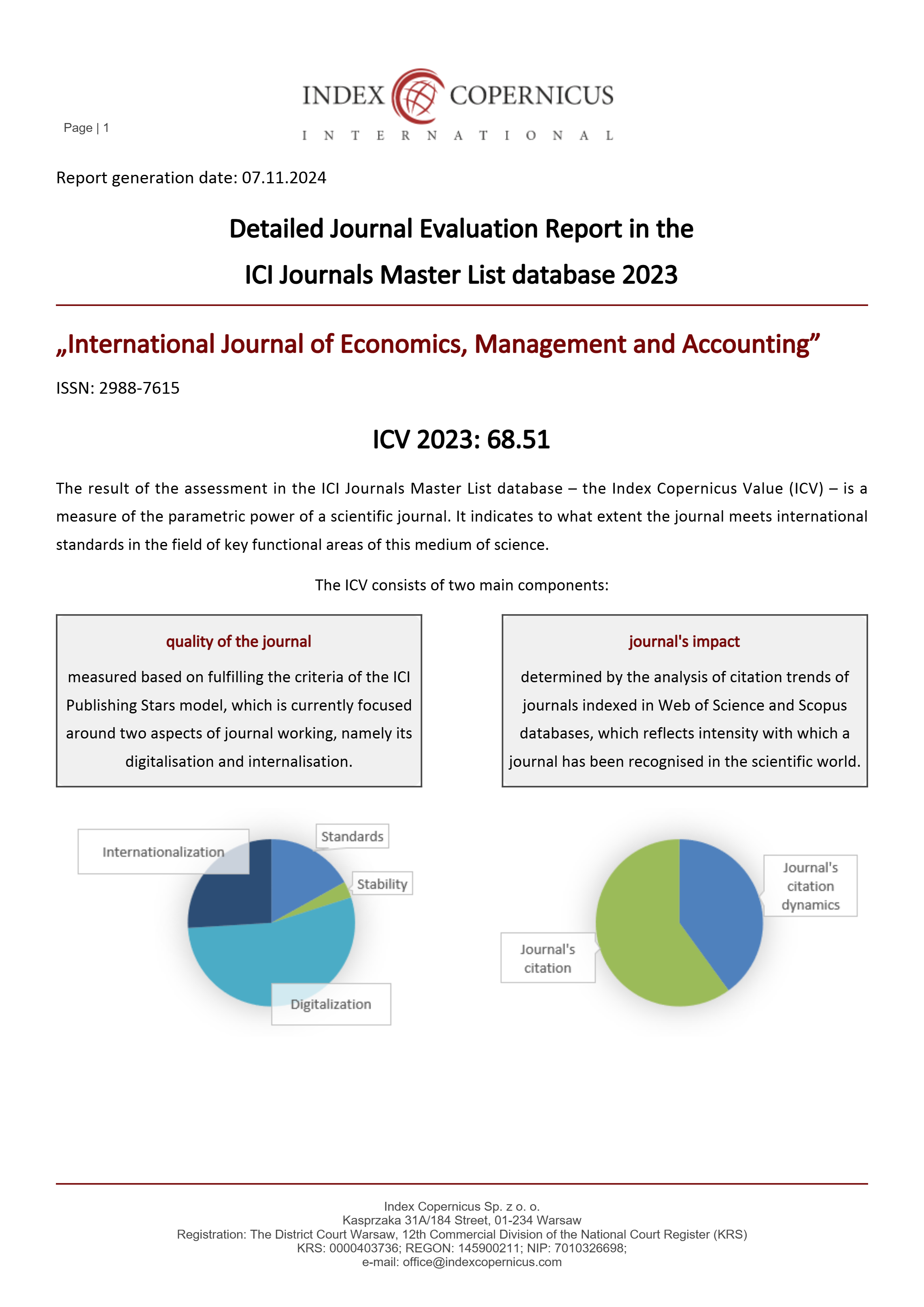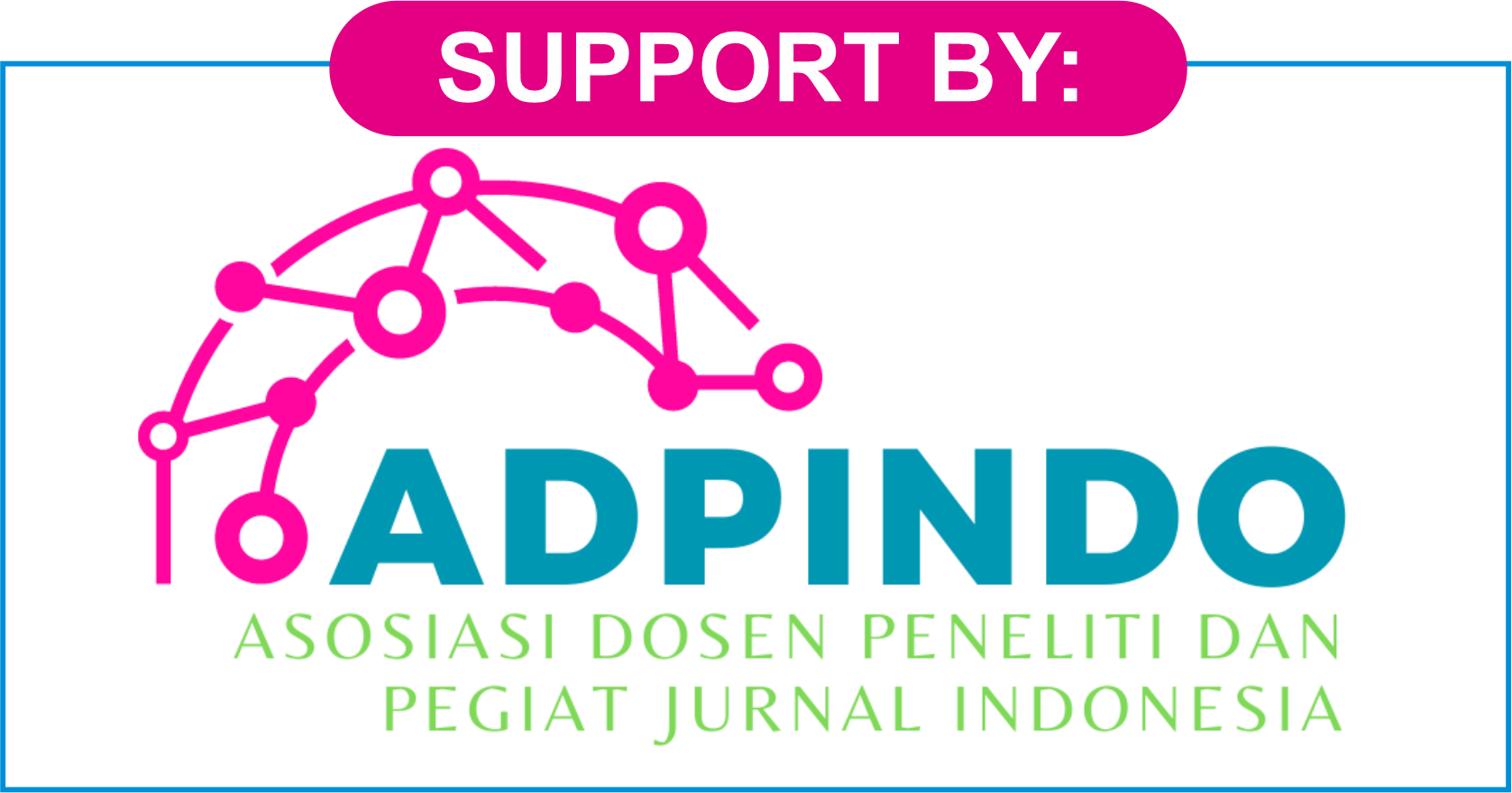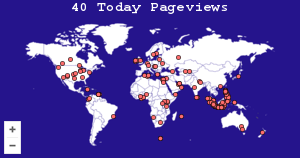The Influence of Work Environment and Communication on Organizational Commitment with Teamwork as an Intervening Variable at the Medan Religious Training Center
DOI:
https://doi.org/10.47353/ijema.v1i6.79Keywords:
Work Environment, Communication, Teamwork, Organizational CommitmentAbstract
This research aims to see the influence of the Work Environment and Communication on Organizational Commitment with Teamwork as an intervening variable at the Medan Religious Education and Training Center. This research uses associative quantitative research and primary data sources. This research was conducted at the Medan religious training center, the population in this study was 60 employees and used a saturated sampling technique to calculate the sample. Data were collected by distributing questionnaires, this research model uses analytical tools and the research measuring tool uses smart PLS version 3. The results of this research are as follows: Teamwork has a positive and significant effect on Organizational Commitment with an original sample value of 0.326 and P values 0.041. Communication has a positive and significant effect on Teamwork with an original sample value of 0.227 and a p value of 0.026. Communication has a positive and insignificant effect on Organizational Commitment with an original sample value of 0.134 and a P value of 0.422. Work Environment has a positive and significant effect on Teamwork with an original sample value of 0.597 and a p value of 0.000. Work Environment has a positive and insignificant effect on Organizational Commitment with an original sample value of 0.254 and a p value of 0.175. Communication has a positive and insignificant effect on Organizational Commitment through Teamwork with an original sample value of 0.074 and a p value of 0.187. Work Environment has a positive and insignificant effect on Organizational Commitment through Teamwork with an original sample value of 0.195 and a p value of 0.053.
Downloads
References
Agus M. Hardjana, 2016. Ilmu Komunikasi.Bandung: PT. Remaja Rosdakarya
Andrew, O. C., & Sofian, S. (2013). Engaging people who drive executionandorganizational performance. American Journal of Economics and BusinessAdministration, 3(3), 569–575.
Bachtiar, 2004.Manajemen Sumber Daya Manusia. Iteraksa, Batam.
Ghozali, I. Latan, H. 2014. Partial Least Square: Konsep, Teknik dan Aplikasi Smart PLS 2.0 M3. Semarang: Badan Penerbit Universitas Diponegoro.
Hair, J. F. et. al. 2017. A Primer on Partial Least Squares Structural Equation Modeling (PLS-SEM). SAGE Publications, Los Angeles.
Hatta, Muhammad. 2017. Pengaruh Gaya Kepemimpinan, Kerjasama Tim Dan Kompensasi Terhadap Kepuasan Kerja Serta Dampaknya Pada Kinerja Karyawan PT.PLN (Persero) Wilayah Aceh. Jurnal Magister Manajemen ISSN 2302-0199. Volume 1, No. 1, September 2017. Hal 70-81.
Kharis. 2013. Pengaruh Kualitas Sumber Daya Manusia Terhadap Pelaksanaan Sistem Pengendalian Intern Pada PT. AVIA AVIAN. Tesis. Fakultas Ekonomi Universitas Pembangunan Nasional Jawa Timur
Kaswan. (2017). Psikologi Industri & Organisasi: Mengembangkan Perilaku Produktif dan Mewujudkan Kesejahteraan Pegawai di Tempat Kerja. Bandung: Alfabeta.
Mardiana. 2015. Manajemen Produksi. Jakarta: Penerbit Badan Penerbit IPWI.
Mangkunegara. 2016. Manajemen Sumber Daya Manusia Perusahaan. Bandung: PT. Remaja Rosdakarya.
Moorhead dan Griffin, Perilaku Organisasi Manajemen Sumber Daya Manusia dan Organisasi (Jakarta: Salemba Empat, 2015).
Sedarmayanti. (2013). Manajemen Sumber Daya Manusia, Reformasi Birokrasi Manajemen Pegawai Negeri Sipil. Bandung: Rafika Aditama
Sekaran, Uma. 2014. Metodologi Penelitian Untuk Bisnis (Research Methods for Business) Buku 1 Edisi 4. Jakarta: Salemba Empat.
Sugiyono. (2017). Metode Penelitian Kuantitatif, Kualitatif, dan R&D. Bandung: Alfabeta, CV.
Sukanto., Indriyo., (2018), Manajemen Produksi, Edisi keempat, BPFE, Yogyakarta.
Downloads
Published
How to Cite
Issue
Section
License
Copyright (c) 2023 Rio Yudha Syahputra, Mesra B

This work is licensed under a Creative Commons Attribution 4.0 International License.











